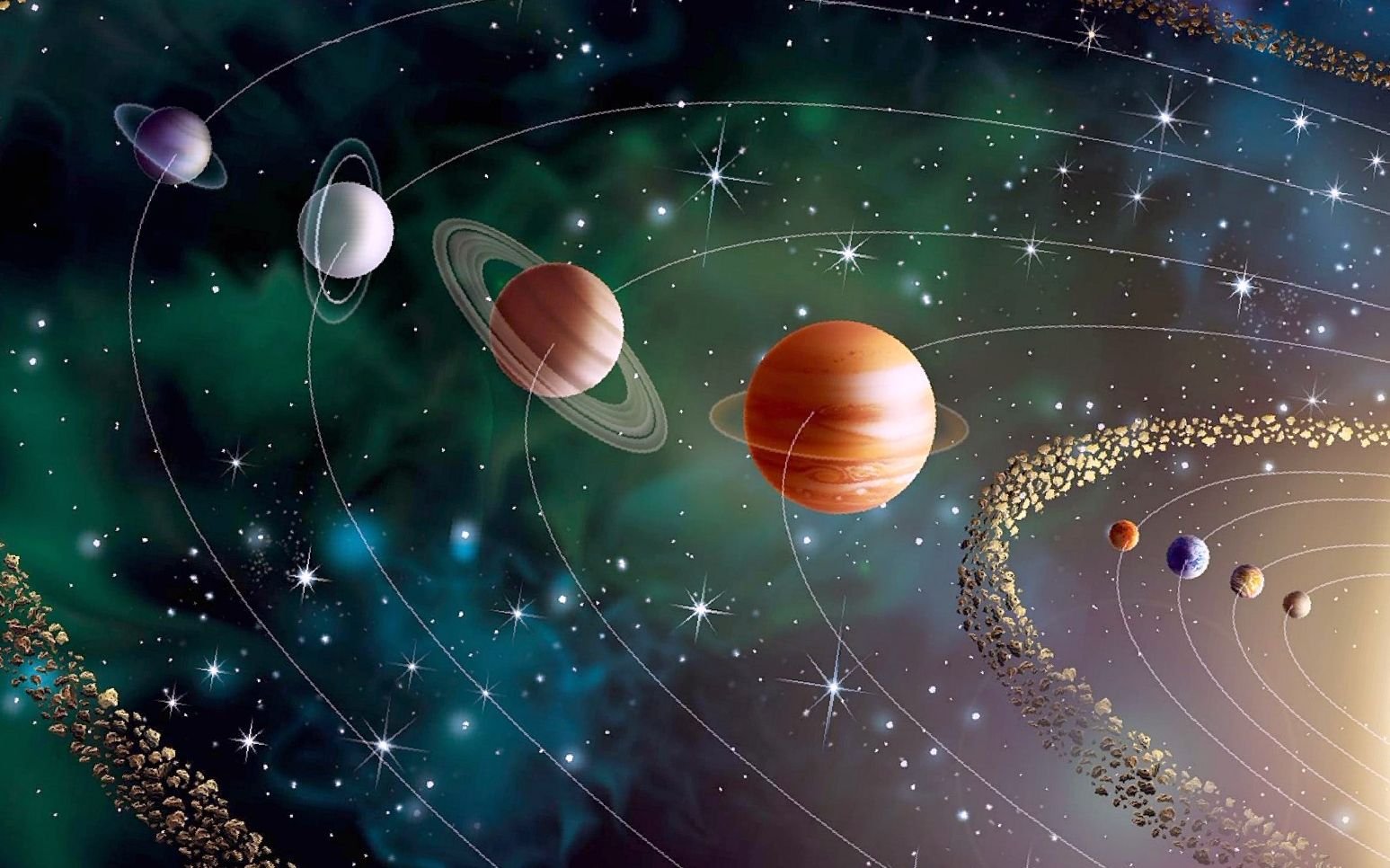The Sun is the star at the center of our solar system and is responsible for the Earth’s climate and weather. The Sun is an almost perfect sphere with a difference of just 10km in diameter between the poles and the equator. The average radius of the Sun is 695,508 km of which 20–25% is the core. The Sun formed about 4.6 billion years ago from the gravitational collapse of a region within a large molecular cloud. This understanding is still developing; there are a number of present day anomalies in the Sun’s behavior that remain unexplained. Here are some interesting facts about the sun.
The sun is made up of distinctive areas
The sun and its atmosphere are divided into several zones and layers. The solar interior, from the inside out, is made up of the core, radiative zone and the convective zone. The solar atmosphere above that consists of the photosphere, chromosphere, a transition region and the corona. Beyond that is the solar wind, an outflow of gas from the corona. In addition to the energy-producing solar core, the interior has two distinct regions: a radiative zone and a convective zone. From the edge of the core outward, first through the radiative zone and then through the convective zone, the temperature decreases from 8 million to 7,000 K. It takes a few hundred thousand years for photons to escape from the dense core and reach the surface.

Since its creation, the sun has used up about half of the hydrogen in its core
The sun’s energy output is 386 billion billion megawatt. The Earth receives 94 billion megawatt of energy from sun. This is equivalent to 40,000 times the power requirement of United states. The reaction taking place in sun is nuclear fusion, same as a Hydrogen bomb. Each second 700 million tons of Hydrogen are converted to 695 million tons of Helium and 5 million tons of energy in the form of gamma rays. Each second the sun loses 5 million tons of material.
The Sun generates this huge amounts of energy by combining hydrogen nuclei into helium through the process of nuclear fusion. Over the next 5 billion years or so, it will grow steadily brighter as more helium accumulates in its core. As the supply of hydrogen dwindles, the Sun’s core must keep producing enough pressure to keep the Sun from collapsing in on itself. The only way it can do this is to increase its temperature. Eventually it will run out of hydrogen fuel. At that point, it will go through a radical change which will most likely result in the complete destruction of the planet Earth.

The Sun has a very strong magnetic field
Solar flares occur when magnetic energy is released by the Sun during magnetic storms, which we see as sunspots. In sunspots, the magnetic lines are twisted and they spin, much like a tornado would on Earth. The Sun produces a solar wind which contains charged particles such as electrons and protons. They escape the Sun’s intense gravity because of their high kinetic energy and the high temperature of the Sun’s corona. These rays cause radio interference at certain times, produces the aurora-borealis or “The Northern Lights” cause the characteristic Tails of Comets and alter the Trajectory of Spacecraft. But the planets with strong magnetic fields such as Earth manage to deflect most of these charged particles as they approach.

The composition of sun
The Sun was formed, like every other star, from a huge swirling cloud of gas called a nebula. The cloud contained all the matter which went together to form the Sun and its family of planets, moons and hundreds of thousands of asteroids, meteors and comets. In total, 99.8% of the matter in the cloud formed the Sun. The other 0.2% formed all of the other objects in the Solar System. Around 74% of the Sun’s mass is made up of hydrogen. Helium makes up around 24% while heavier elements such as oxygen, carbon, iron and neon make up the remaining percentage.

The Sun is huge, but tiny
With a diameter of 109 times the size the Earth, the Sun makes a really big sphere. You could fit 1.3 million Earths inside the Sun. Or you could flatten out 11,990 Earths to cover the surface of the Sun. That’s big, but there are some much bigger stars out there. For example, the biggest star that we know of would almost reach Saturn if it were placed inside the Solar System.

The Sun is the Solar System
The mass of the Sun is approximately 330,000 times greater than that of Earth. It is almost three quarters Hydrogen, whilst most of the remaining mass is Helium. We live on the planet, so we think it’s an equal member of the Solar System. But that couldn’t be further from the truth. The reality is that the mass of the Sun accounts for 99.8% of the mass of the Solar System. And most of that final 0.2% comes from Jupiter. So the mass of the Earth is a fraction of a fraction of the mass of the Solar System. Really, we barely exist.

One million Earths could fit inside the Sun
If a hollow Sun was filled up with spherical Earths then around 960,000 would fit inside. On the other hand if these Earths were squished inside with no wasted space then around 1,300,000 would fit inside. The Suns surface area is 11,990 times that of the Earth’s. At around 1,392,000 kilometres (865,000 miles) wide, the Sun’s diameter is about 110 times wider than Earth’s.





Related Posts
Top 7 movies to avoid, worst movies of all time
Top 6 Leaders Who Died Under Mysterious Circumstances
6 Surprising Facts About Dogs